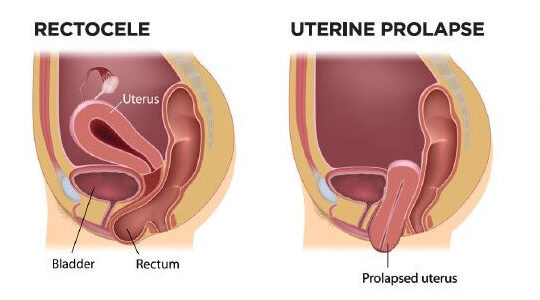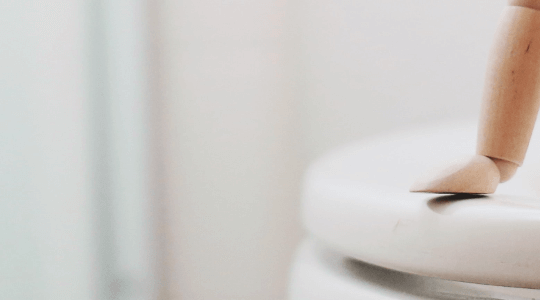What are the Signs of Pelvic Floor Dysfunction?
Pelvic floor dysfunction occurs when the pelvic floor muscles are too tight, weakened, or damaged, leading to pain or other physical symptoms, such as incontinence. constipation or obstructive defecation, and feeling of heaviness in the pelvic region. Pregnancy, childbirth, menopause, and overexercising can lead to pelvic floor dysfunction. Pay attention to these signs and get evaluated by your physician or pelvic floor physical therapist to start the right course of treatment.
- Urinary/ Fecal Incontinence. Most women experience urinary incontinence during pregnancy and postpartum. They may have leaking of urine due to either increased pressure on the bladder or not having enough muscular support for the bladder. The pelvic floor is weakened and stretched out during pregnancy and further strained during labor and delivery. Fecal incontinence can occur if there is significant tearing or damage to the anus, resulting in scar tissue and poor movement.
- Painful Intercourse. Painful sex one of the most common reasons women seek pelvic floor physical therapy. Descriptions include “sharp, stabbing pain,” “burning,”or a “raw feeling.” It can be an entry or deep pain, or both during intercourse. Many postpartum women will experience this as well as women who have never had children. Menopausal and postmenopausal women can also experience this as a side affect of the drop in estrogen levels. Therefore, trauma to the pelvic floor, long term use of contraceptives, and hormonal imbalances affecting the tissues of the vulva can often lead to painful sex.
- Feeling of Heaviness or Pressure in the Vagina. Also common in the third trimester of pregnancy, when the baby’s head is in closer contact with the pelvis and pelvic floor muscles. Pregnant women may report sudden sharp pains in the vagina or a lot of pressure. Women who deliver vaginally are more at risk for having pelvic organ prolapse, when the uterus, bladder, and rectum are not well supported by the connective tissue and pelvic floor muscles, especially when the body is still healing from birth.
- Difficulty having a Bowel Movement. Constipation and obstructive defecation have many different causes, such as dietary factors, dehydration, slow transit time in the gut, and tight pelvic floor muscles. These tight muscles form a sling like shape inside of the pelvis and can literally cause increase pressure around the rectum, obstructing the passing of stool. Techniques to directly treat and relax these muscles can help facilitate bowel movements.
- Abdominal or Low Back Pain. Lower abdominal and back pain can be associated with many conditions and in the case of pelvic floor dysfunction, usually occurs with one or more of the signs stated above. Prolapse, constipation, and pelvic pain can all contribute to abdominal or low back pain.
Reach me if I can answer any questions on physical therapy, serving you locally in New York City or anywhere online virtually through “telehealth“.
Sign up for Pelvic Health and Wellness Tips






